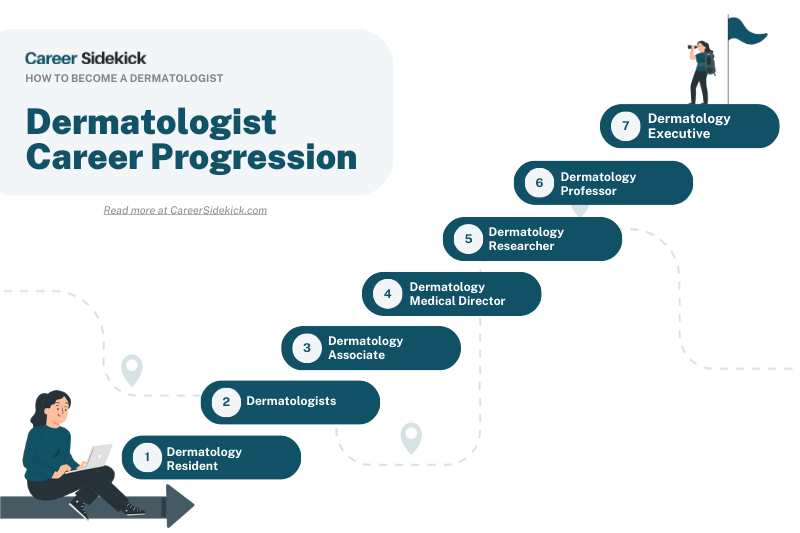The staffing sector is known for influencing people strategies through recruitment solutions, but in many cases a lot of the same attention isn’t put into staffing businesses themselves. High attrition rates continue to plague the sector, and training and development isn’t as robust as I’d certainly like to see it across the profession.
While these are issues that have existed for some time, the current recruitment and economic landscape has accelerated the need for staffing firms to create a robust people strategy that aligns business objectives with the aspirations of staff. The sector is facing disruption from digital innovation and the growth of AI-enabled solutions. Remote and flexible working is the norm, changing talent acquisition for recruitment businesses and end-user clients alike.
The skills of recruiters are also changing. Staff need to be agile and adaptable to thrive in a constantly changing environment. Creating an appropriate people strategy helps address these challenges, but perhaps more importantly, it also improves motivation and commitment across our workforces. Employees who can clearly see how their professional growth influences the company’s success will be more fulfilled in their jobs, improving retention rates.
However, implementing a people strategy in any recruitment firm isn’t a simple overnight solution. As we highlighted in our recent report, Building for Growth: The Case for a People Strategy, there are three practical steps that cannot be overlooked.
Step One: Conduct an Audit
Carrying out a robust organization wide people audit is the obvious starting point in this journey but can often be skipped as business leaders look for quick results. However, missing this vital stage will be detrimental. Clearly identifying where your company currently stands in the first instance will lead to a more informed strategy and the creation of meaningful and achievable KPIs.
PREMIUM CONTENT: Largest and Fastest-Growing Staffing Firms: Addendum 2023
Identify what the current company culture looks like from the prospective of your recruiters, what learning and development programmed are being utilized and how staff are recognized and rewarded. Reassess how retention rates are measured — for example, is your business delving into the “why” of the issue? If there’s a problem getting people through their probationary period, is this a selection issue or an onboarding and training one?
Make sure there’s appropriate feedback mechanisms in place as well. If communication doesn’t go both ways, then there’s a problem that needs addressing.
Step Two: Organize a Cross-Functional Workshop
An effective people strategy requires input from all departments in the business. Arranging a workshop that involves a diverse range of people from across the business will lead to the creation of a more comprehensive strategy.
I’d recommend following the GROW model to get the most out of this workshop:
Goals: What are they?
Reality: Where do you currently stand in relation to the above goals?
Opportunities: What are the potential initiatives, programs and changes you can capitalize on?
Way Forward: What are the next steps to move the conversation into action?
Step Three: Design a Pilot Program
Rolling out any changes across a recruitment business is a multi-step process, and a people strategy is no different. Running a pilot program first not only allows time for staff to adjust to new processes and new ways of thinking but also helps to refine tactics before rolling anything out company-wide.
I fundamentally believe in the idea that success is crafted through people. The talent we harness and the relationships we cultivate shape the trajectory of any thriving recruitment business. As we venture deeper into this era of rapid transformation and digital disruption, the importance of a dedicated strategy to engage and retain top talent is paramount. A robust people strategy is not just a business necessity but also an acknowledgement of the invaluable human capital that powers our industry, and we should never lose sight of that.






